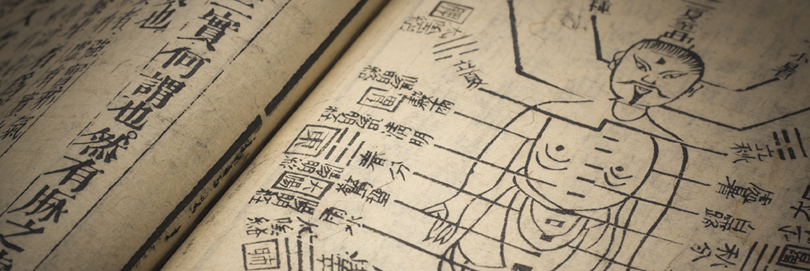Zang Fu
Zang Fu - solid and hollow organs - in order to ensure a precise diagnosis, it is important to include the teachings of the solid organs (zang) and the hollow organs (fu). The organs' functional entities can be considered the physiology of Chinese medicine. The liver, heart, spleen, lungs and kidneys are called zang organs and are considered to be yin in nature - the Gallbladder, Small Intestine, Stomach, Large Intestine, Urinary Bladder and San Jiao are referred to as fu-organs and are yang aspects. Each solid organ (zang) is paired with a hollow organ (fu) in a functional entity.
The element earth, e.g., consists of the functional entity of spleen and stomach, whose main responsibility is the transportation and absorption of food. Disturbances within this interactive system reflect as symptoms in the corresponding organs. Stagnated liver-energy, e.g., can influence the functional entity of spleen and stomach, impairing the absorption and digestion of food. Opposed to western medicine, the stagnation of liver-energy does not mean the actual liver itself is afflicted with disease, but rather that there is an energetic imbalance present. In TCM this is referred to as disharmony patterns. The treatment aims to strengthen and rebalance the functional entities of zang-fu organs.

